Records Revival: Why Vinyl Is Back in Vogue
Vinyl has been back in the news recently, thanks in part to a certain former boy-band star, but the records revival has been quietly gathering pace for a while now. Luxury Defined reports
Vinyl has been back in the news recently, thanks in part to a certain former boy-band star, but the records revival has been quietly gathering pace for a while now. Luxury Defined reports
Last year, the Harry Styles album Harry’s House sold the equivalent of 521,500 copies in a single week. This is remarkable enough in its own right—not many albums do numbers like that nowadays. But more impressive, and rather more surprising, is that more than a third of these—182,000 copies—were sold as old-fashioned vinyl records.
It’s not just Harry Styles either. Vinyl is back. In the United States, 41.72 million vinyl albums were sold in 2021. This represents a rise of more than 50 percent from 2020, which saw sales of 27.55 million. Moreover, 2021 was the 16th consecutive year in which vinyl album sales grew, and the largest year for vinyl sales since MRC Data began tracking them in 1991.
So, what gives? Aren’t “records” (which date back to the Victorian era) supposed to be a thing of the past?
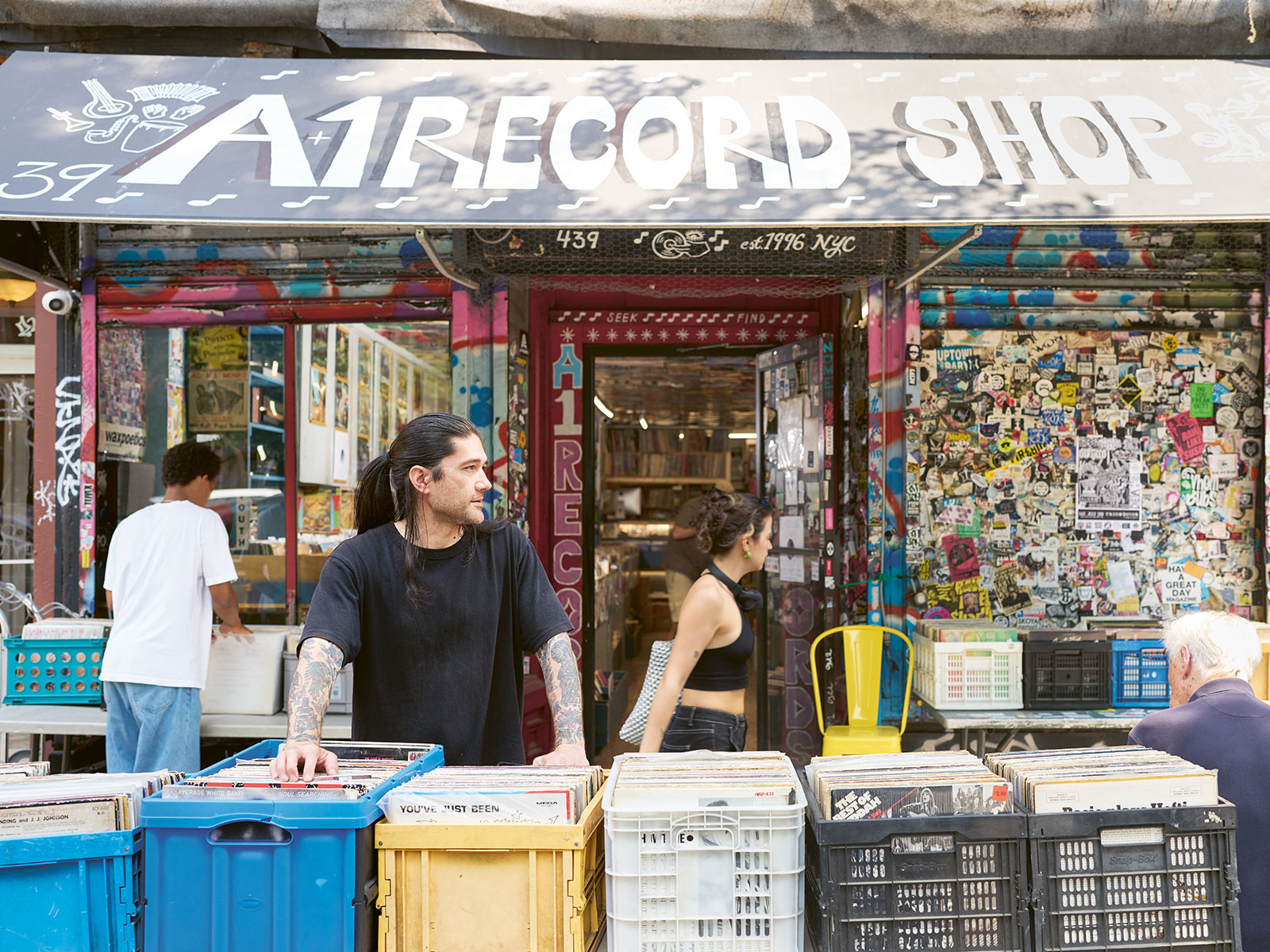
The Vinyl Factory owns the U.K.’s largest record-pressing plant. Group director at the company, Patrick Clifton—previously head of music at Amazon Music U.K.—says that for a while it did look like the party was over for vinyl. “Retail record sales will be worth about £150 million ($180 m) in the U.K. this year. Ten years ago, sales were a tenth of this.”
It’s worth a bit of backstory here. In the U.S., record sales peaked in the late 1970s. By the mid ’80s, cassettes were the dominant medium (convenience beat sound quality, as it would again 20 years later). By 1990, compact discs dominated, and record sales were tiny. In fact, says Clifton, what kept vinyl records going well into the CD era was dance music—DJs liked them.
Music is meaningful at different points in people’s lives, often when they’re coming of age, and these objects get loaded with meaning—Seth Yamasaki
In the early ’00s, rock music eclipsed dance and records looked set to become an obsolete format. However, around 2010, something unexpected happened. Record sales started to grow again, albeit from a very low base. Fast forward to the present and it looks like records are set to outsell CDs in 2022—although streaming and downloads still dominate, and are likely to do so until some new technology supersedes them in the future.
Clifton says that music consumers discovered that they wanted something more tactile and real. “With the streaming services, what you’re buying is completely intangible and commoditized. You don’t get that emotional impact.”
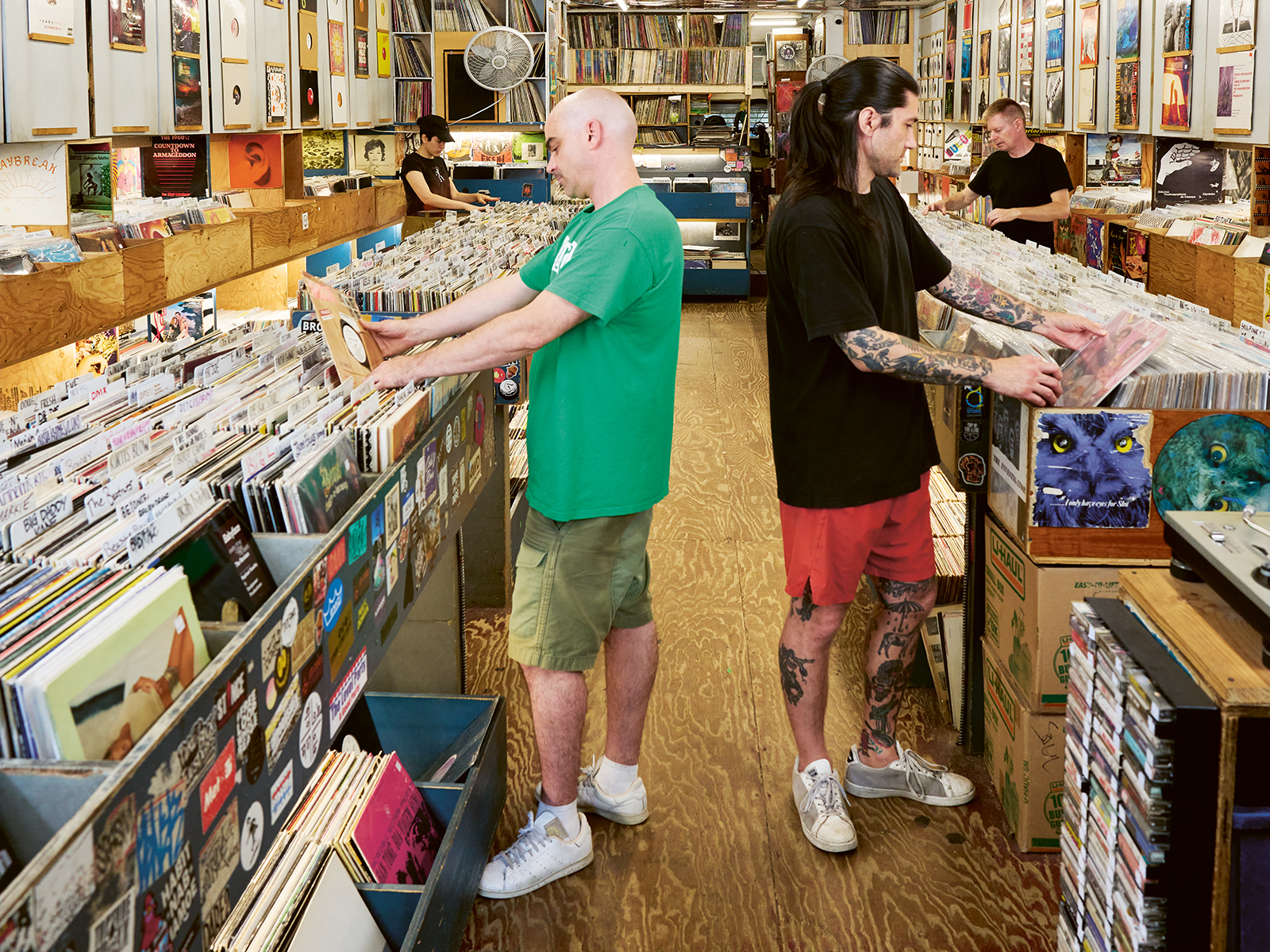
“I have very strong memories of going to the record store and being transfixed by the jackets and promo displays, crazy artwork, and music that was out of reach and unknown to me,” says Seth Yamasaki (known to many as “Shef”), who has been running A1 Record Shop in New York City since 2004. “By the time I was buying music myself it was the CD era, but very quickly I started picking up vinyl at punk shows as that format was still very alive there. That soon lead me down the rabbit hole of used records and older music. I love vinyl because—apart from the sound—it is the archive of modern recordings.”
Nick Collins of All Ages Records, London’s only dedicated punk and hardcore vinyl shop, takes a similar line on the appeal of tangible assets. “Many people in the industry thought consumers were going to completely buy into the ease of MP3s and consider an MP3 ‘a thing’—when it clearly isn’t,” he says.
Initially, says Clifton, the vinyl revival was driven by the artists. “Many of them had these great memories of listening to and buying their first albums, hanging around record shops and so on. And they wanted to create that experience for themselves and their fans.” He notes that as well as being tangible and tactile, listening to an album in the order the artist intended is a very different experience to picking distractedly at the millions of tracks available on a service like Spotify.
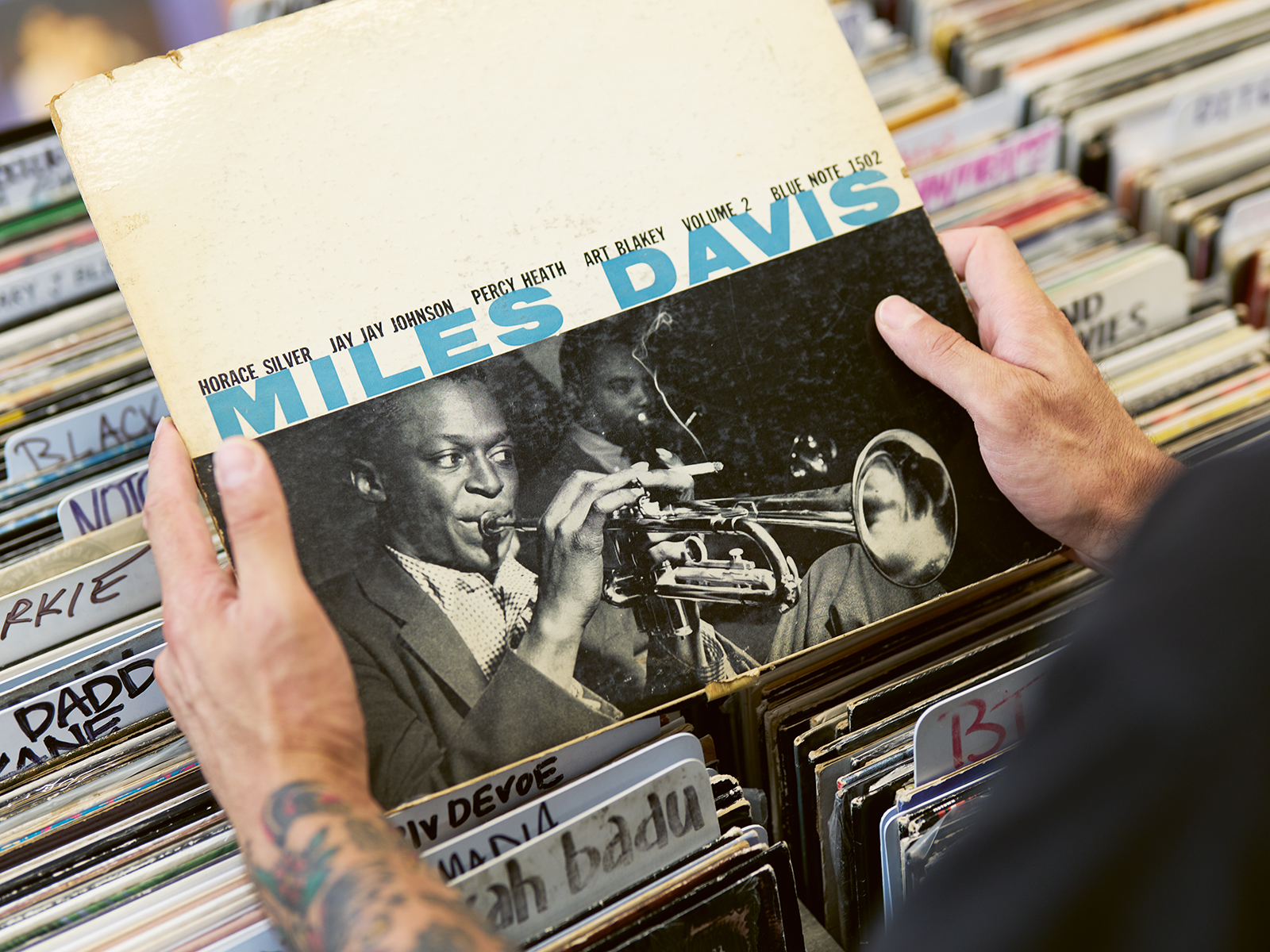
Record buyers vary widely. Some are people over 40 who remember buying records in their youth and may never have stopped. Hipsters, with their love of all things retro and pop-cultural, got into the game early. There are music lovers, serious collectors, professional musicians, and, increasingly, mainstream consumers. Many of the new buyers are younger people who have grown up with digital music. “We’re seeing a lot of customers in their 20s and early 30s who have become interested in vinyl,” says Fred Cohen of the Jazz Record Centre in New York City.
As well as being increasingly desirable, the price of vinyl has gone up considerably during the past 18 months. The drivers for this are the drivers behind much of the recent inflation. Vinyl is made with oil, so volatile oil prices have made it more expensive. Nickel is also used in record manufacture and Russia is a major producer—the war in Ukraine caused a big price spike. But these do not account for the entire cost increase: the rest is down to supply and demand.
When record plants closed in the ’90s and ’00s, they were often either demolished or repurposed. Now supply lags far behind demand. “There is a global capacity issue with vinyl manufacture,” says Clifton. “There aren’t enough pressing plants in the world and there aren’t enough raw materials to make as many records as people want.”
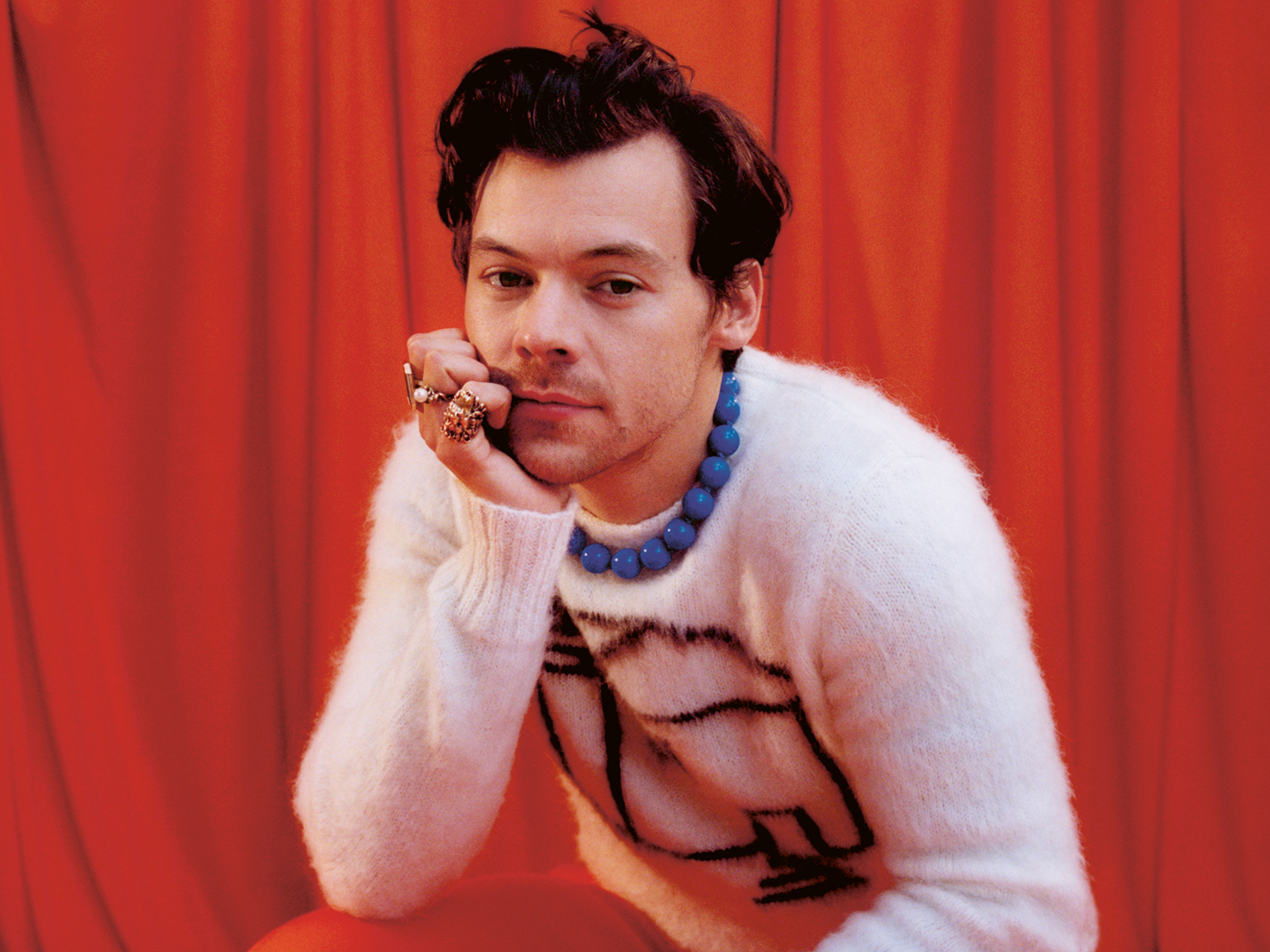
On Amazon U.K., Harry’s House costs £10.99 ($13.20) as a download, £11.99 ($14.41) as a CD, and £24.95 ($29.97) as a record. Clearly, in their second coming LPs are luxury goods.
If the price of new records has increased, the value of many collectible records has shot up. Again, there’s a slightly counterintuitive element to a lot of this. “Many records that are now collectible were once prevalent and so common,” says Yamasaki. “If you take a Led Zeppelin IV LP, it was produced in the hundreds of thousands—even millions—of units and so nobody thought of it as being rare.”
However, he explains, good-condition copies of many mainstream records eventually became rare, partly because, although mass produced, they were largely seen as pop cultural ephemera. Add to this “the way that music is meaningful at different points in people’s lives, often when they’re coming of age and these objects get really loaded with a lot more meaning.” This may be true of the buyer of a collection of records spun in the 1970s by DJ Kool Herc, “Father of Hip-Hop,” which sold at Christie’s New York this August as part of its DJ Kool Herc & The Birth of Hip Hop sale.
Finally, there’s also the way the art and collecting worlds have pivoted towards pop culture. Nowadays, everything from rare Star Wars figures to children’s stickers from the ’80s are collectible.
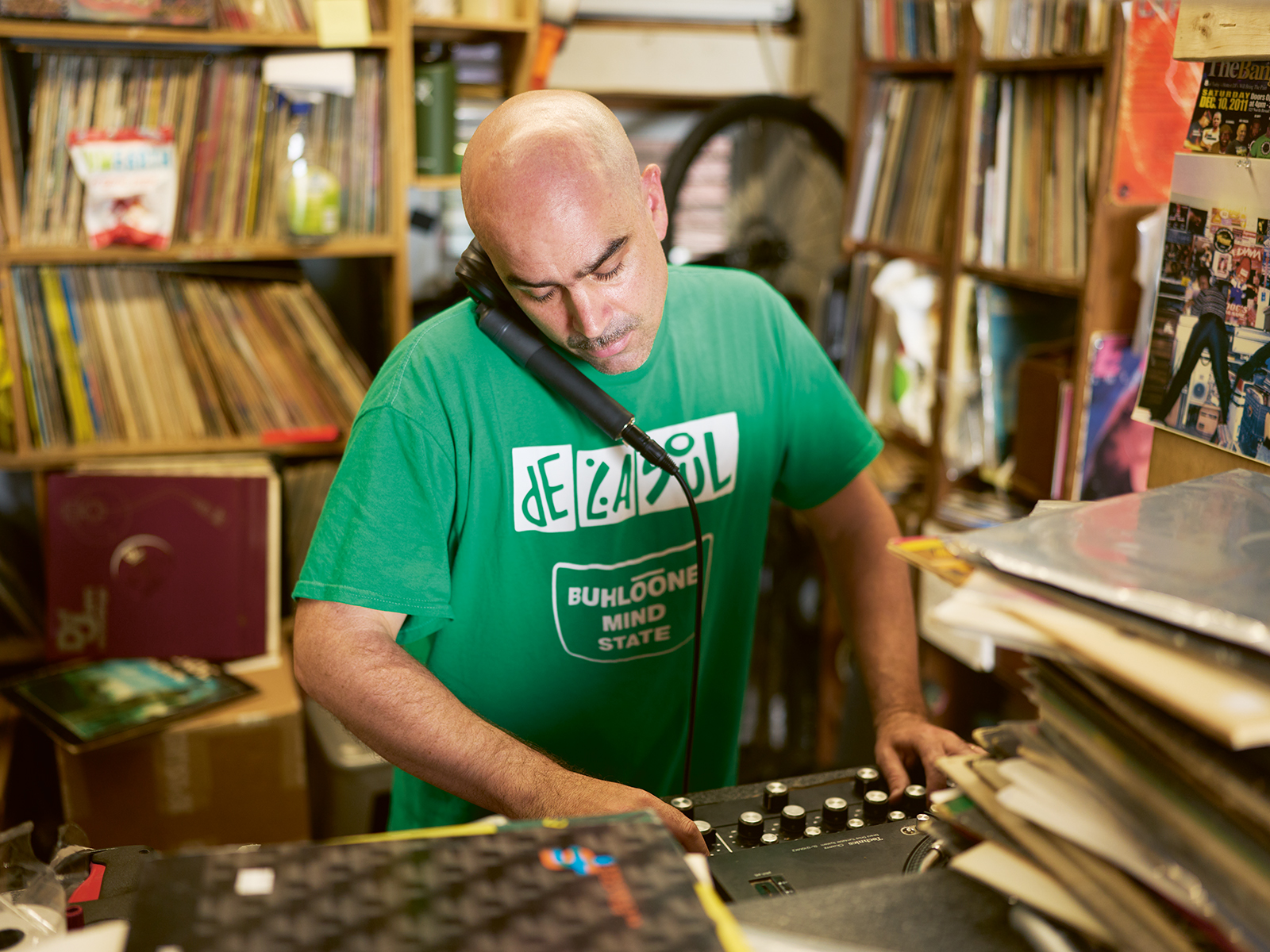
Ian Shirley, the editor of Record Collector magazine’s Rare Record Price Guide, says that even relatively common records can become quite valuable, “Pulp were a famous band and Different Class, which was released in 1995, was a famous album. But a good copy is now worth about £300 ($360.26), while some George Michael records are worth £600 ($720.86).”
For collectors, the days of finding a bargain in junk shops are largely over, he continues. This is because the online music database and marketplace Discogs means everyone has price information at their fingertips. “Years ago, if I went into the right second-hand record shop and I saw a record that was worth thousands of pounds, the guy in the record shop might not know its value. I could buy it for £20-40 ($24-48). Whereas now, anyone in a charity shop can look it up on their phone.”
I have no reason to think that this is a short-term trend. For the foreseeable future, vinyl is here to stay—Fred Cohen
However, the most expensive record ever sold on Discogs is not what you might expect it to be. At $41,095 we have… Scaramanga Silk and Choose Your Weapon, from 2008. Silk is hardly a household name and the record sold in 2021 to an anonymous buyer.
The second and third highest-priced records make more sense—number two is the single remnant of an otherwise destroyed 1987 production run of Prince’s pulled The Black Album and number three is a promotional copy of The Beatles’ Love Me Do. The latter has a misprint on the label, which makes it rarer, adding to its value. In 2015, it sold for $1,300, and since then its value has gone up by more than 1,100 percent.
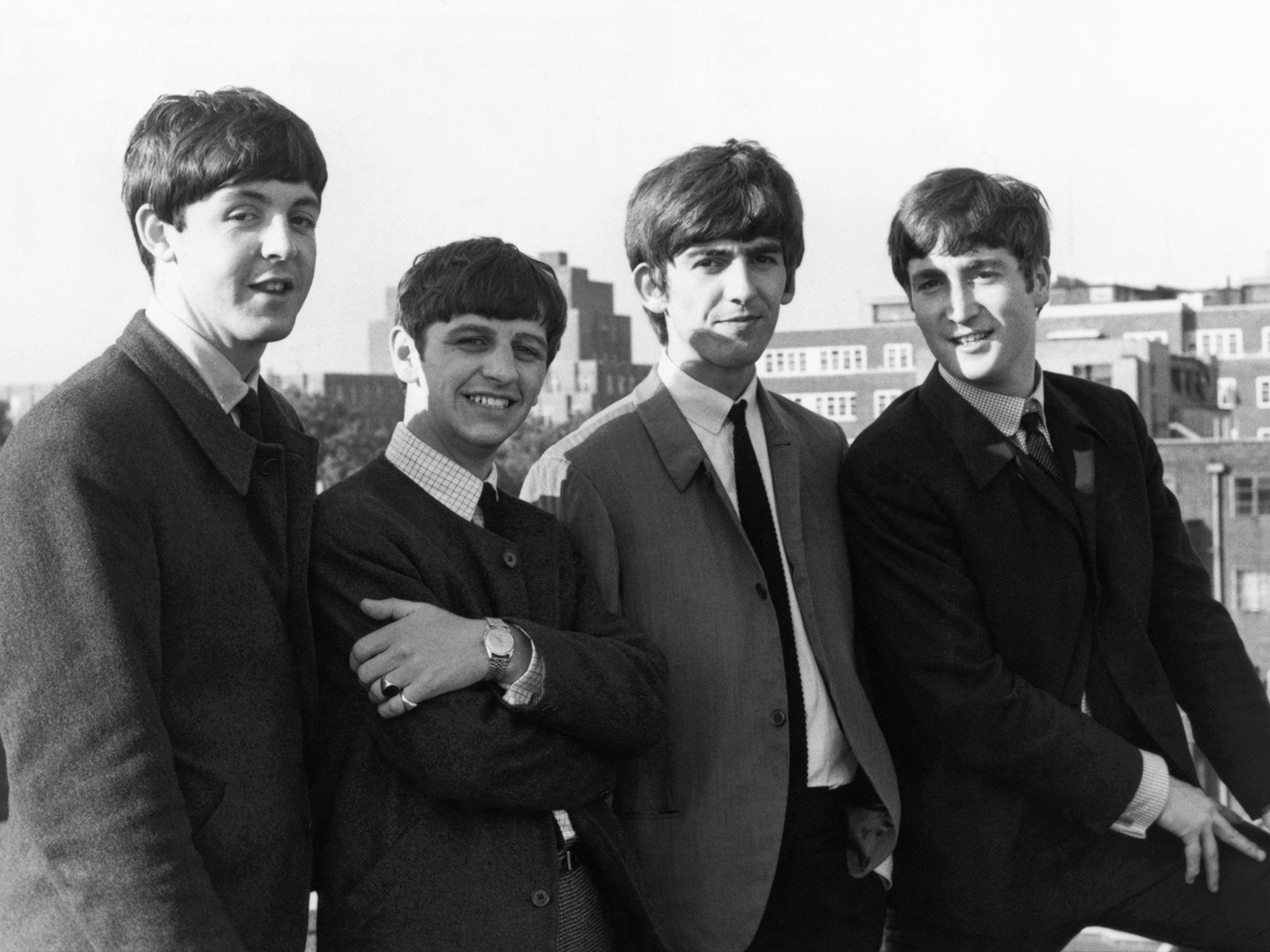
As Discogs notes, rarity always drives top prices: “In the vinyl resale market, promos are viewed as extremely valuable due to their limited availability.” In a related vein, a record with a great backstory—say one that was gifted by the artist to a celebrity—may be more valuable than a record without the provenance. And oddly, records that are pressed with the very intention of being collectible often do become valuable. These may include everything from colored vinyl to limited editions done with retail chains. “The technology of colored vinyl has come on leaps and bounds,” says Collins. “You’ll sometimes get a record made in half a dozen different colors and the kids are buying the same record in different variants. They want to own them all.”
As with any collectible, the special element that generates value often throws up surprises. For example, there is not a single Elvis Presley record in the top hundred Discogs sales. Why? Well, reasons range from the management of the back catalog and reissues to the fact that people don’t endlessly discuss and unpick the legacy of Elvis online in the way that they do with The Beatles. But why Eminem and not NWA, and why the Sex Pistols and not the Ramones?
Collins says that while “all pop culture is about creating brands,” the way these brands age is difficult to predict. Which of today’s pop stars will have resonance in 2062?
The record resurgence is having knock-on effects, too. “We’re seeing a lot of new audio equipment coming out,” says Cohen. “We’re seeing turntables, amplifiers, and speakers, many of which are being geared to the vinyl market.” Indeed, furniture brand Neville Johnson believes “vinyl rooms”—a dedicated space in which to listen to your records—are “the next big thing in interiors.”
While not every discophile will go as far as dedicating a room in their home to their collection, one thing’s for sure: the surprising revival of records is not just a flash in the pan. “I have no reason to think that this is a short-term trend,” says Cohen. “For the foreseeable future, vinyl is here to stay.”
An entire hamlet nestled on 190 breathtakingly beautiful acres (76 ha), this majestic estate boasts seven homes, with a total of 25 bedrooms and 23 baths, as well as a vast array of leisure options such as indoor and outdoor pools, a gym, hammam, spa, massage room, and a sauna. Most impressive of all, though, is the property’s high-tech music recording studio, the perfect space in which to compose a masterpiece for future generations to cherish.
This wonderful home, designed by architect Stephen Fuller, is set on four private, gated acres (1.6 ha) in Atlanta’s prestigious Buckhead neighborhood. A home of Mariah Carey, global pop superstar and the best-selling female musical artist of all time, it includes a custom kitchen featuring a large marble-topped island, and bespoke cabinetry. The property contains beautifully crafted details such as arched doorways, crown moldings, and millwork. French doors flood the main living area with light and lead to the backyard, and gardens. Upstairs, there’s a primary bedroom suite with a dressing room, fireplace, balcony, and large storage closet. There’s also a swimming pool, pool house, tennis courts, home theater, workout room, a garage, and even a recording booth.
Banner image: Classical vinyl singles on a wooden floor. Credit: Alamy